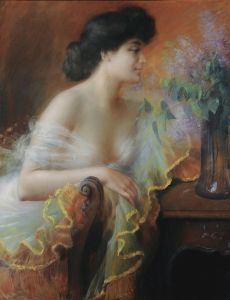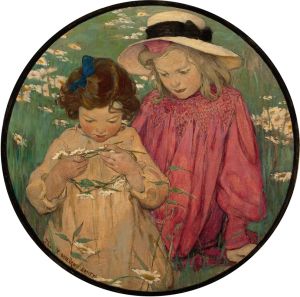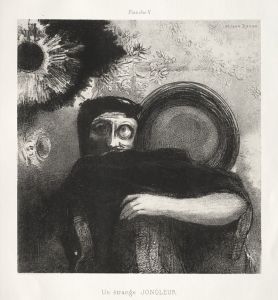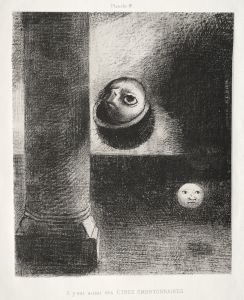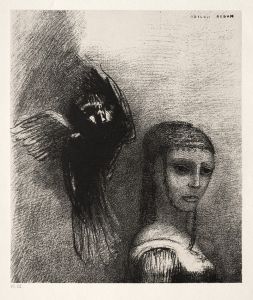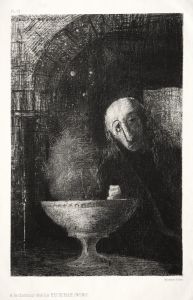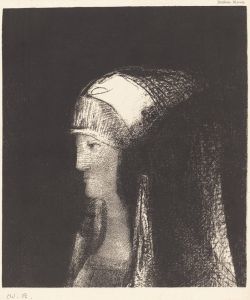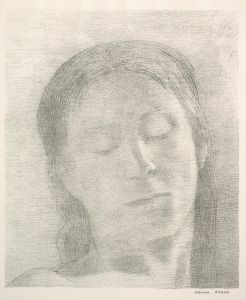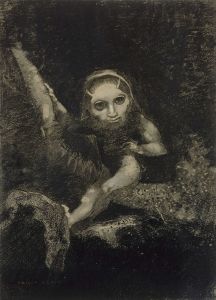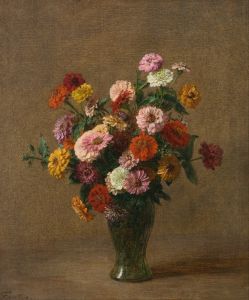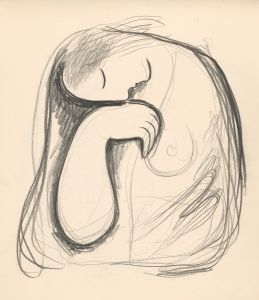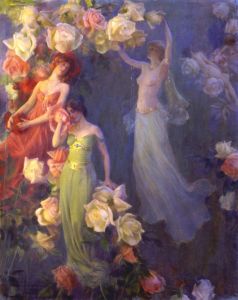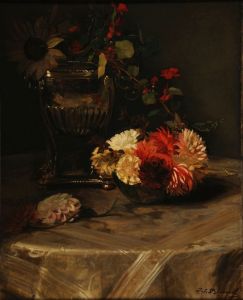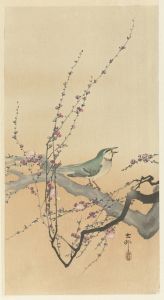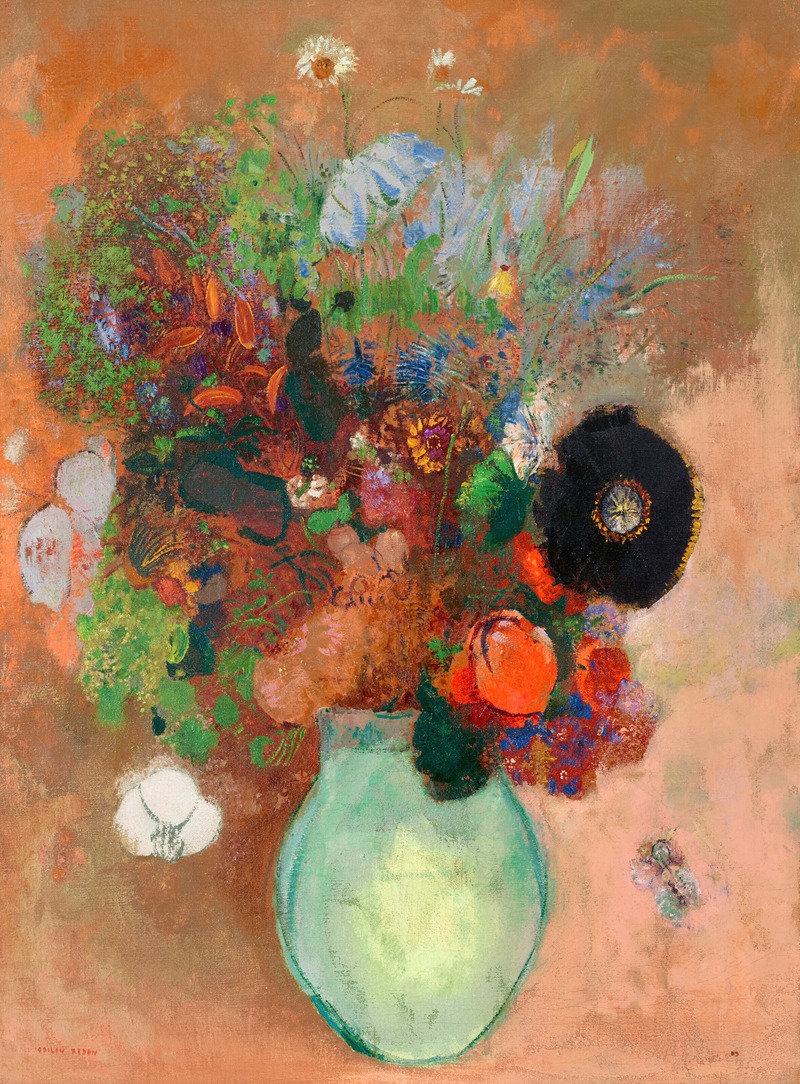
Le pavot noir
A hand-painted replica of Odilon Redon’s masterpiece Le pavot noir, meticulously crafted by professional artists to capture the true essence of the original. Each piece is created with museum-quality canvas and rare mineral pigments, carefully painted by experienced artists with delicate brushstrokes and rich, layered colors to perfectly recreate the texture of the original artwork. Unlike machine-printed reproductions, this hand-painted version brings the painting to life, infused with the artist’s emotions and skill in every stroke. Whether for personal collection or home decoration, it instantly elevates the artistic atmosphere of any space.
Odilon Redon, a prominent French symbolist painter, created "Le pavot noir" (The Black Poppy) during a period when his work was increasingly characterized by a fascination with the mysterious and the dreamlike. Redon, born in 1840 in Bordeaux, France, was known for his unique ability to blend reality with fantasy, often exploring themes of the subconscious and the mystical in his art.
"Le pavot noir" is a quintessential example of Redon's later work, where he transitioned from charcoal drawings and lithographs, known as his "noirs," to vibrant pastels and oils. This painting exemplifies his shift towards color and his continued exploration of dreamlike and symbolic imagery. The black poppy, a central element of the painting, is emblematic of Redon's interest in the symbolic and the enigmatic. Poppies, in general, have long been associated with sleep, dreams, and even death, due to their opiate properties. By choosing a black poppy, Redon intensifies these associations, inviting viewers to delve into a world of mystery and introspection.
Redon's use of color in "Le pavot noir" is particularly noteworthy. While the poppy itself is depicted in dark, somber tones, the background and surrounding elements often contrast with vivid and unexpected colors, creating a sense of otherworldliness. This use of color not only highlights the central motif but also enhances the dreamlike quality of the work, a hallmark of Redon's style during this period.
Throughout his career, Redon was influenced by a variety of sources, including literature, music, and the natural world. His friendship with writers and composers, such as Stéphane Mallarmé and Claude Debussy, informed his artistic vision, as did his interest in the works of Edgar Allan Poe and Charles Baudelaire. These influences are evident in "Le pavot noir," where the interplay of light and shadow, color and form, evoke a sense of poetic mystery.
Redon's work, including "Le pavot noir," was part of a broader movement in late 19th and early 20th-century art that sought to move beyond the literal and the representational. Symbolism, as this movement was known, emphasized the expression of ideas and emotions through symbolic imagery and was a reaction against the realism and naturalism that dominated much of the art of the time. Redon's paintings, with their ethereal and often fantastical elements, were central to this movement and helped pave the way for later developments in modern art, including surrealism.
"Le pavot noir" remains an important work within Redon's oeuvre, reflecting his lifelong fascination with the unseen and the imaginative. Today, Redon's paintings are celebrated for their innovative use of color and their ability to evoke the mysterious and the sublime. His work continues to be studied and admired for its contribution to the development of modern art and its enduring ability to captivate and inspire viewers with its dreamlike beauty and symbolic depth.





